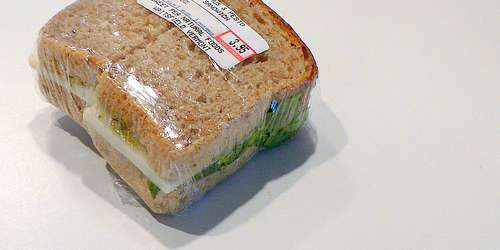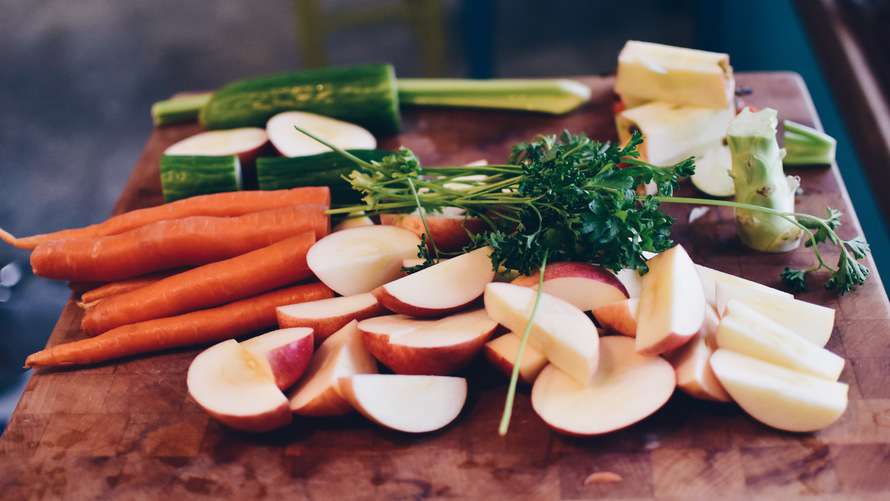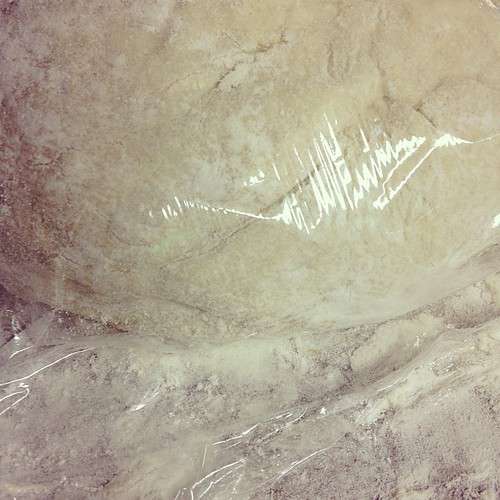
An innovative new plastic food wrap may revolutionize the way we package our food and reduce the amount of food we waste. Image Source: Flickr user dvs
Since the 1980s, public concern about plastic products has been growing. While BPA-containing plastic drinking bottles and children’s toys have born the brunt of negative publicity, researchers are increasingly discovering that even BPA-free plastics may be releasing potentially harmful chemicals, particularly those which mimic estrogen. According to a 2011 study published in Environmental Health Perspectives, “70 percent of [BPA-free] plastic products released chemicals that acted like estrogen. And that was before they exposed the stuff to real-world conditions” such as UV radiation and temperature variation.1 One of the most concerning plastics tested came in the form of plastic food wrap; designed to have extended, close contact with food products, often in cold conditions, these plastic films may present unique health risks to consumers who buy wrapped foods or used plastic wrap at home.
Thian Eng San and Tan Yi Min, however, want to change that. For the past three years, the two researchers from the National University of Singapore have devoted themselves to creating a chitosan-based plastic food wrap unlike any other. Derived from crustacean shells and fortified with grapefruit seed extract, the composite film offers a safe and environmentally friendly alternative to traditional plastic food wraps without the risk of estrogenic chemical leeching. “The film, which is free from chemical additives, has immense potential in food technology due to its biocompatibility, non-toxicity, short-term biodegradability, and excellent film-forming capability.”2 At a time when the public is becoming more wary of the health impact of plastics, this product could be the solution consumers are looking for.
But the film isn’t remarkable just for its lack of chemical additives and eco-friendly formulation; by preventing the growth of fungi and bacteria while simultaneously blocking UV light to slow down oxidation and photochemical deterioration, it can actually help food remain fresh longer and shield against contamination. According to Thian and Tan’s research, this innovative plastic food wrap more that doubles the shelf life of perishable foods, enabling consumers to reduce food waste and realize both environmental and economic benefits.
“Increasing attention has been placed on the development of food packaging material with antimicrobial and antifungal properties, in order to improve food safety, extend shelf life, and minimize the use of chemical preservatives,” says Thian. “Consumers are also demanding that packaging materials be formulated from natural materials that are environmentally friendly and biodegradable while improving food preservation.”

Eco-friendly plastic food wraps could significantly reduce food waste and global food loss, but widespread use relies on visual appeal. Image Source: Pexels user unsplash.com



